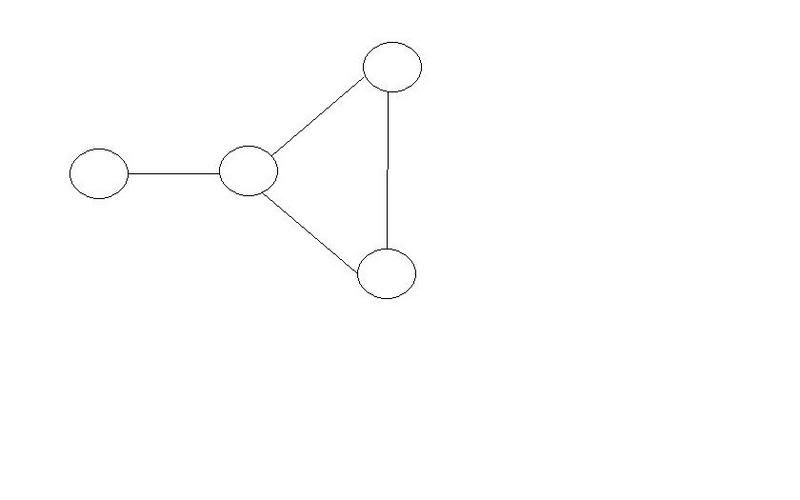Options
How should i wire up my home lab
I now have four routers at home and am going to get stuck into so good old study this weekend.. im just wondering what would be the best way to wire them up... im currently studying for the BSCI, and am focusing on EIGRP at the moment..
so im thinking something like the following

what do you guys think? this would be a good way so i can play around with successor and feasibly successor routes....
[/img]
so im thinking something like the following

what do you guys think? this would be a good way so i can play around with successor and feasibly successor routes....
[/img]
CCIE# 38186
showroute.net
showroute.net
Comments
-
Options
 Netstudent
Member Posts: 1,693 ■■■□□□□□□□
That would definately work. You have multiple paths to single destination. You should be able to see the feasibility condition.There is no place like 127.0.0.1 BUT 209.62.5.3 is my 127.0.0.1 away from 127.0.0.1!
Netstudent
Member Posts: 1,693 ■■■□□□□□□□
That would definately work. You have multiple paths to single destination. You should be able to see the feasibility condition.There is no place like 127.0.0.1 BUT 209.62.5.3 is my 127.0.0.1 away from 127.0.0.1! -
Options
 Paul Boz
Member Posts: 2,620 ■■■■■■■■□□
Here's a simple four router EIGRP lab I made just now that should help you fully cover EIGRP
Paul Boz
Member Posts: 2,620 ■■■■■■■■□□
Here's a simple four router EIGRP lab I made just now that should help you fully cover EIGRP
If you don't have serial interfaces don't worry about using frame relay between the stub routers. Ethernet links will work fine. EIGRP doesn't really care about what medium the traffic takes.
For some tips I'd advise you to configure a summary route for R2's loopback interfaces on one exit interface and not the other, then verify that the other routers are all still choosing the more specific direct routes learned from the interface without the summary route. It's a good example of how the routing process will chose the more specific route if offered. As soon as you install a summary address on the second interface (or third if you're not using sub interfaces for frame relay) and re-verify that the other routers are all using a summary address now.
I would also enable EIGRP packet debugging for query and reply7206vxr#debug eigrp packets query request EIGRP Packets debugging is on (REQUEST, QUERY)
And watch how you "bound" or reduce the queries and replies by configuring summary addresses and stub routers. Shut down a loopback on R2 prior to configuring summary and stub routes and view the flood of queries and replies, then configure summary routes and see how many fewer packets are flooded. Finally, configure stub routers on R3 and R4 and see how the query and replies are reduced further.
If you have any general questions or want to discuss EIGRP (or any other routing protocol) further, please reply. Routing is by far my favorite topic in R&S and I'd be more than happy to help.CCNP | CCIP | CCDP | CCNA, CCDA
CCNA Security | GSEC |GCFW | GCIH | GCIA
pbosworth@gmail.com
http://twitter.com/paul_bosworth
Blog: http://www.infosiege.net/

